Machining (työstö): Core technologies and applications for modern manufacturing
Machining (referred to as machining) is a manufacturing process of cutting, forming and other processing of workpieces through mechanical equipment to obtain the desired shape, size and surface quality. As the basic process of manufacturing, machining technology directly affects product quality, performance and productivity.
Main classifications and methods of machining
Conventional Cutting
Turning: workpiece rotation, tool movement, suitable for shafts, disc parts
Milling: the tool rotates and the workpiece moves, suitable for flat surfaces and grooves.
Drilling: specialised in hole processing, including drilling, reaming, reaming, etc.
Grinding: for high-precision surface machining up to IT6 accuracy
Modern speciality processing
EDM: for complex profiles in high hardness materials.
Laser processing: high precision, non-contact characteristics
Ultrasonic machining: precision machining for brittle materials
Water jet cutting: no heat affected zone, environmentally friendly and efficient
Application of CNC technology in machining
The popularity of numerical control (CNC) machine tools has brought machining into the digital age. Through computer programming and control, the machining process is automated and intelligent:
Machining accuracy up to ±0.005mm
Increase productivity by 3-5 times
One person can operate multiple machines
Significant improvement in product quality stability
Machining key technical parameters
Three elements of cutting
Cutting speed: Selected according to material hardness
Feed: affects surface roughness
Depth of cut: determines machining efficiency
Accuracy Classification
Roughing: IT12-IT11
Semi-finishing: IT10-IT9
Finishing: IT8-IT7
Superfinishing: IT6 and above
Machining quality control system
Process control points
First Article Inspection System
Process Inspection System
Tool life management
Periodic calibration of equipment![图片[1]-Machining (machining): core technologies and applications for modern manufacturing-Dalian Fuhong Machinery Co., Ltd](https://endlfh.com/wp-content/uploads/2025/09/QQ20250927-184033-800x594.png)
Means of detection
Coordinate measuring machine
Optical projector
Surface Roughness Gauge
Hardness testing equipment
Application areas of the machining industry
aerospace
Engine blade processing
Manufacture of aerospace structural components
Accuracy requirements: 0.005-0.01mm
automobile manufacturing
Engine Block Cylinder Head
Transmission Gear
Annual production of more than one million pieces
medical equipment
Surgical Instrument Finishing
Implant Manufacturing
Aseptic environment requirements
Considerations for Choosing Machining Services
Technical capacity assessment
Equipment brands and models
Maximum processing size
Accuracy assurance capability
Experience in processing special materials
Quality System Certification
ISO9001 quality system
IATF 16949 (automotive industry)
ISO13485 (medical devices)
Service guarantee capacity
on-time delivery rate
Emergency response speed
Technical Support Level
Development trend of machining
Intelligent direction
Esineiden internetin teknologiasovellukset
Adaptive processing systems![图片[2]-Machining (machining): core technologies and applications for modern manufacturing-Dalian Fuhong Machinery Co., Ltd](https://endlfh.com/wp-content/uploads/2025/09/QQ20250829-202203.png)
digital twin
green manufacturing
Dry cutting technology
Tool recycling
Energy consumption monitoring
Composite processing
Turning and milling centre
combination of additive and subtractive material
On-line testing integration
loppuhuomautukset
machiningAs the basic process of manufacturing, it plays an irreplaceable role in modern industrial production. With the continuous emergence of new technologies and materials, machining technology is developing in the direction of higher precision, higher efficiency and more intelligent. Choosing a professional machining service provider requires comprehensive consideration of its technical strength, quality system and service capabilities to ensure optimal machining solutions.

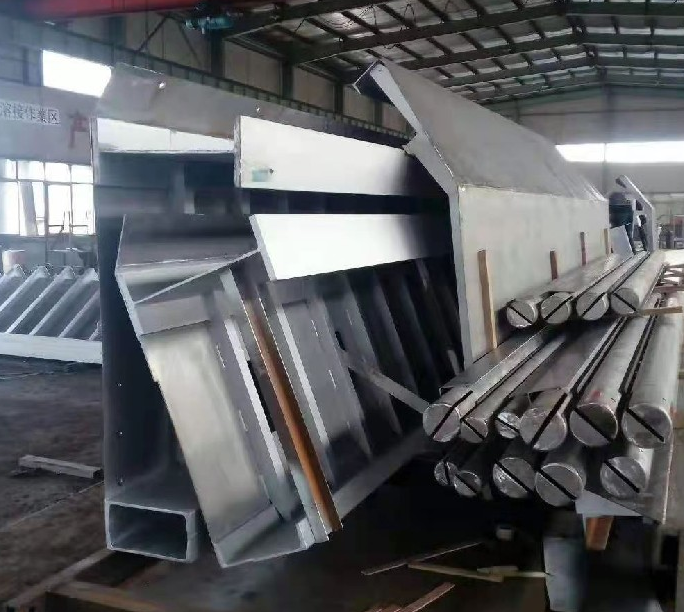


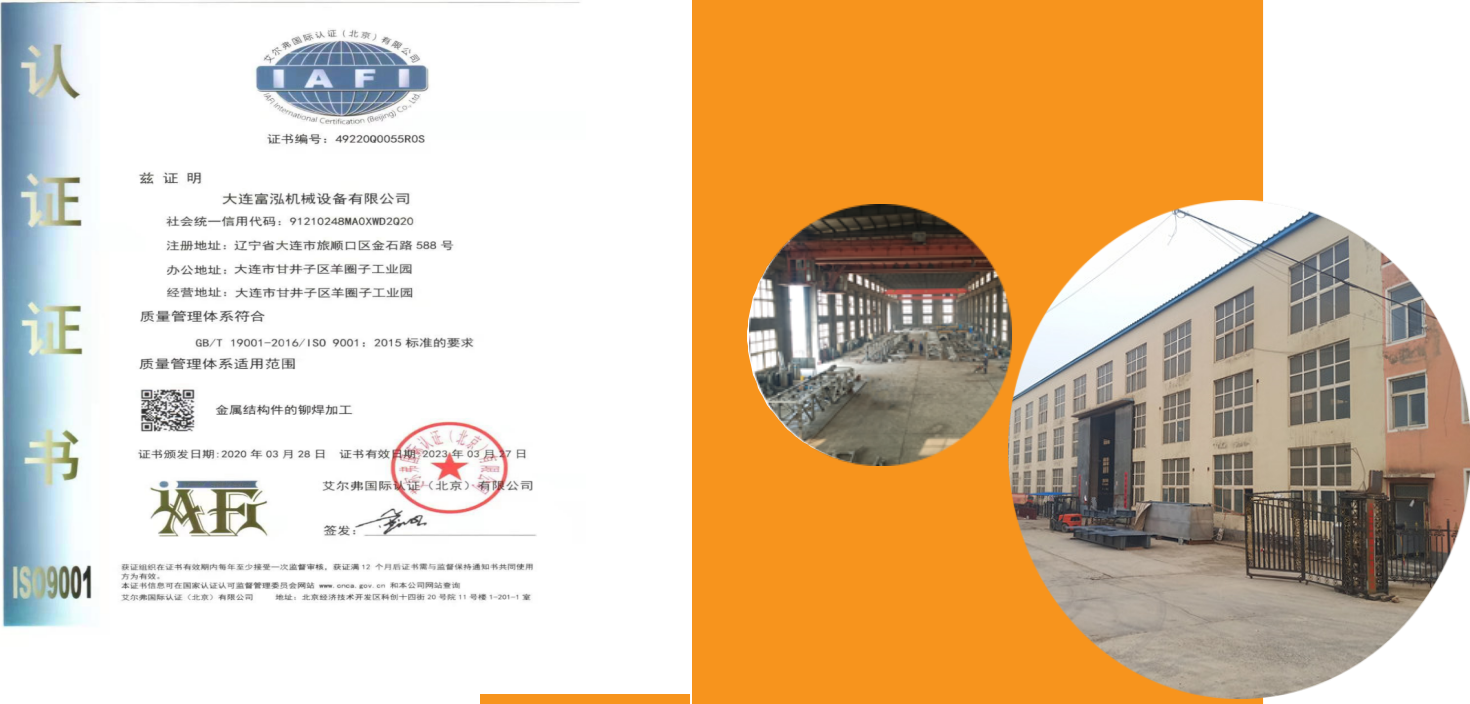
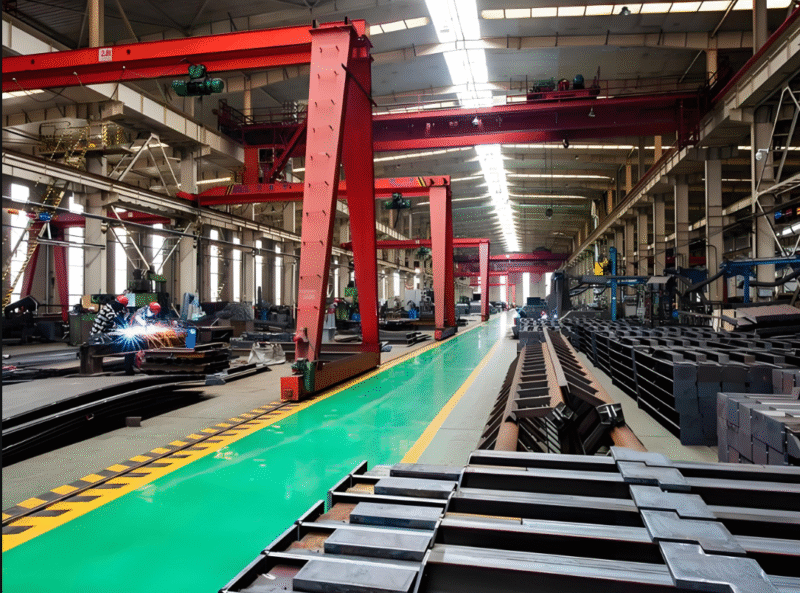

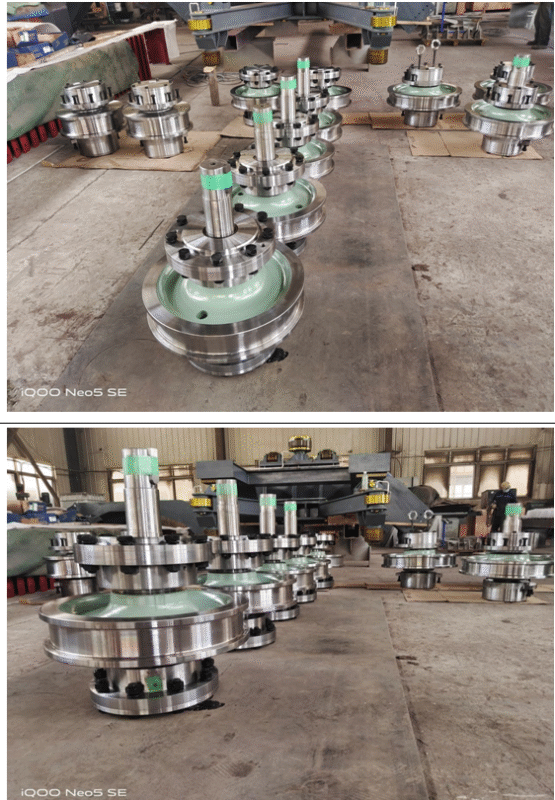
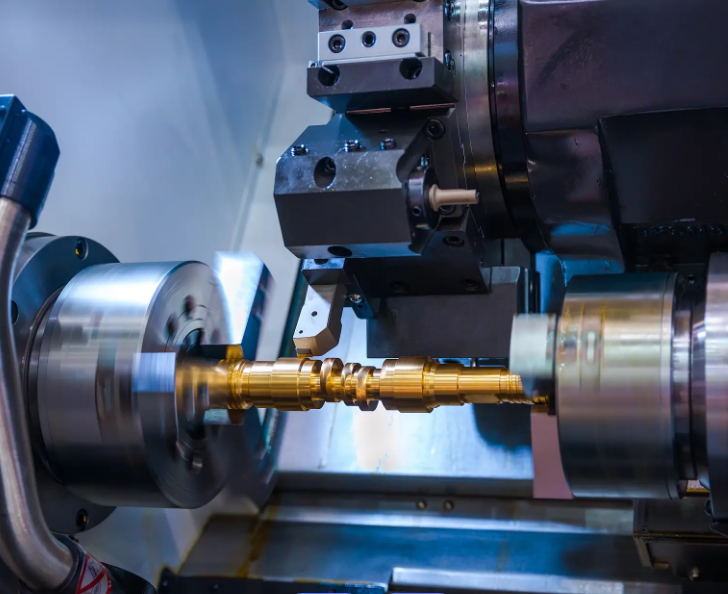
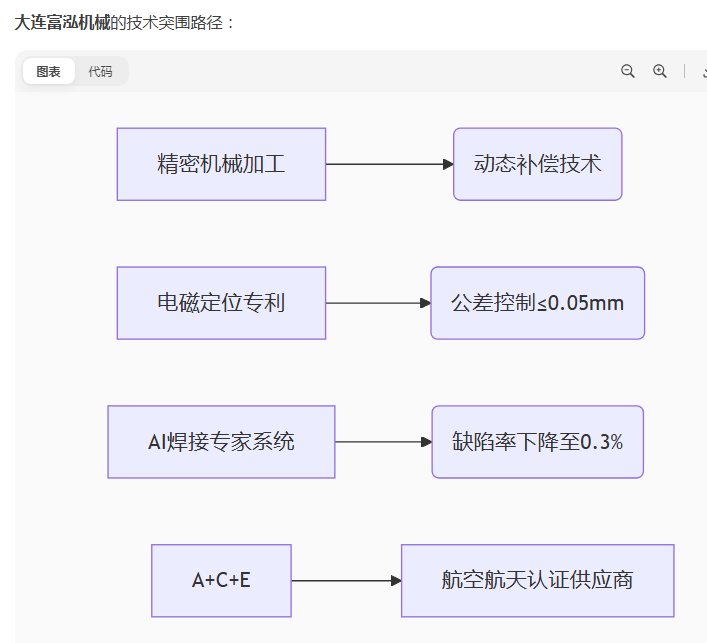
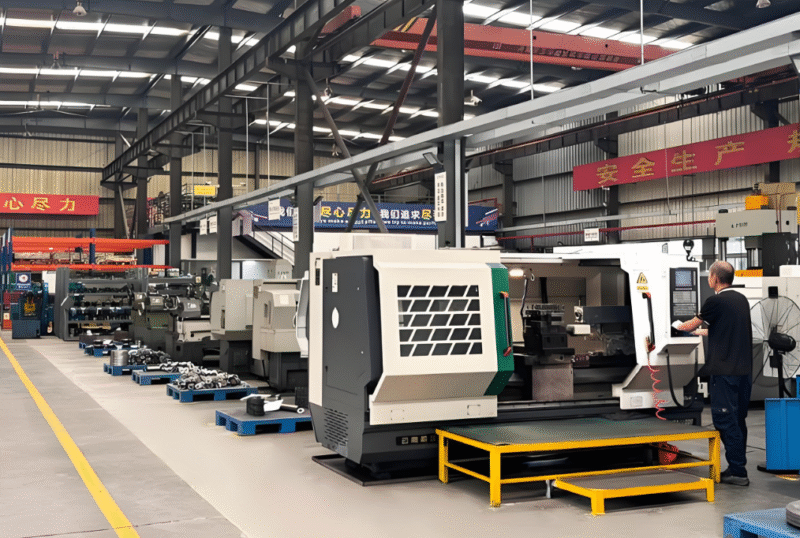
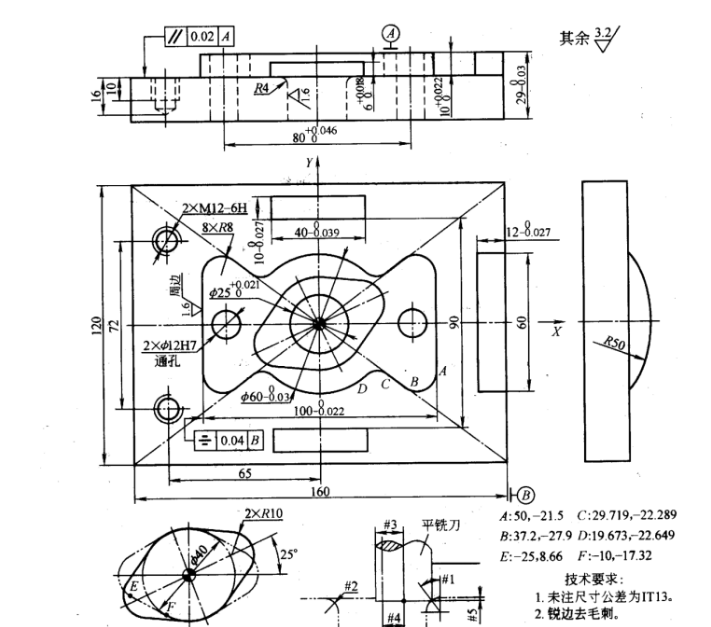
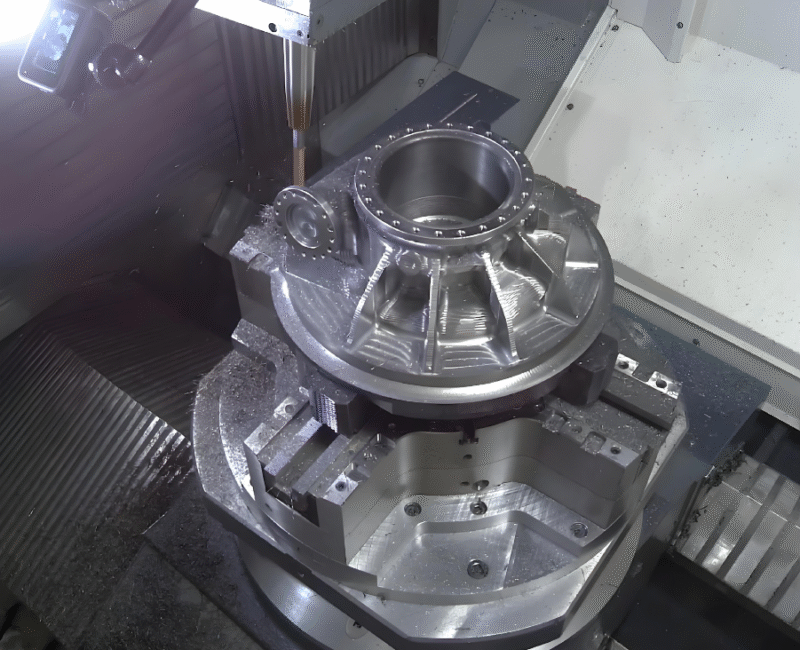

暂无评论内容